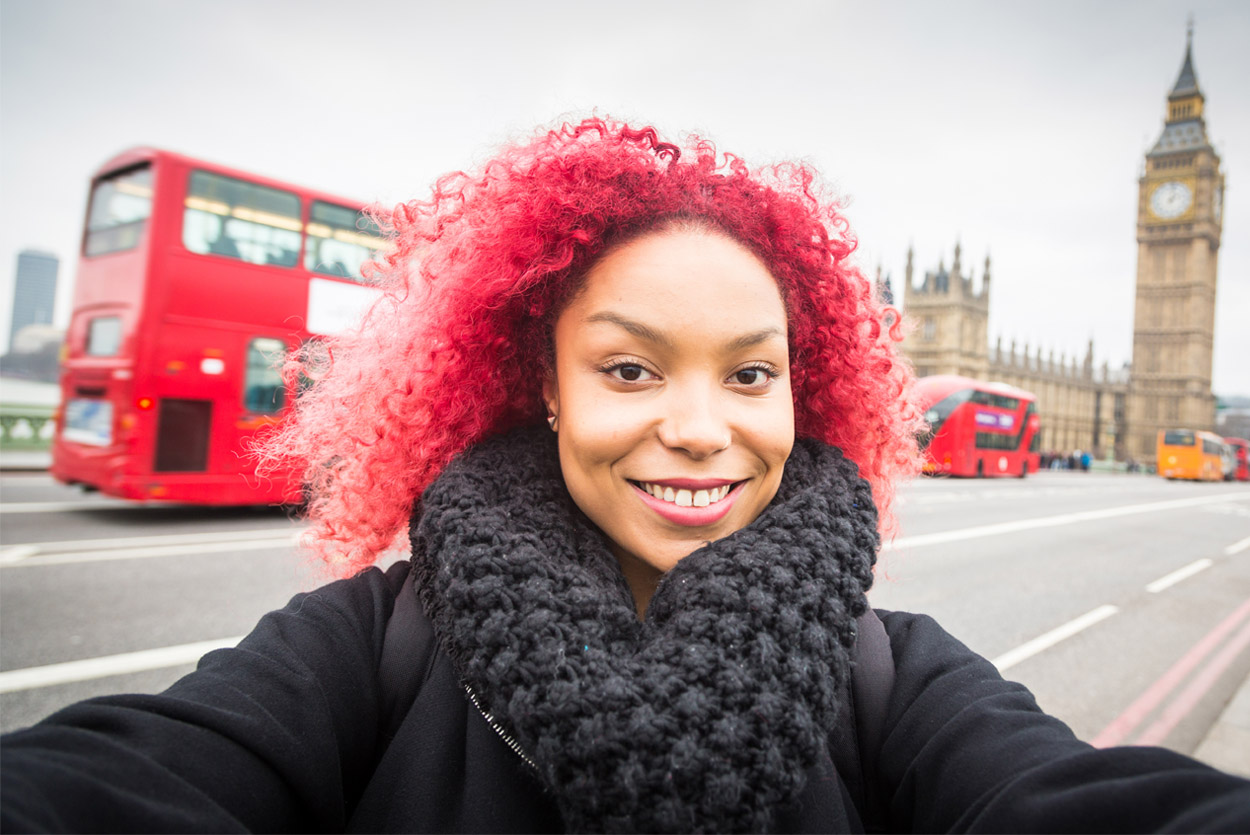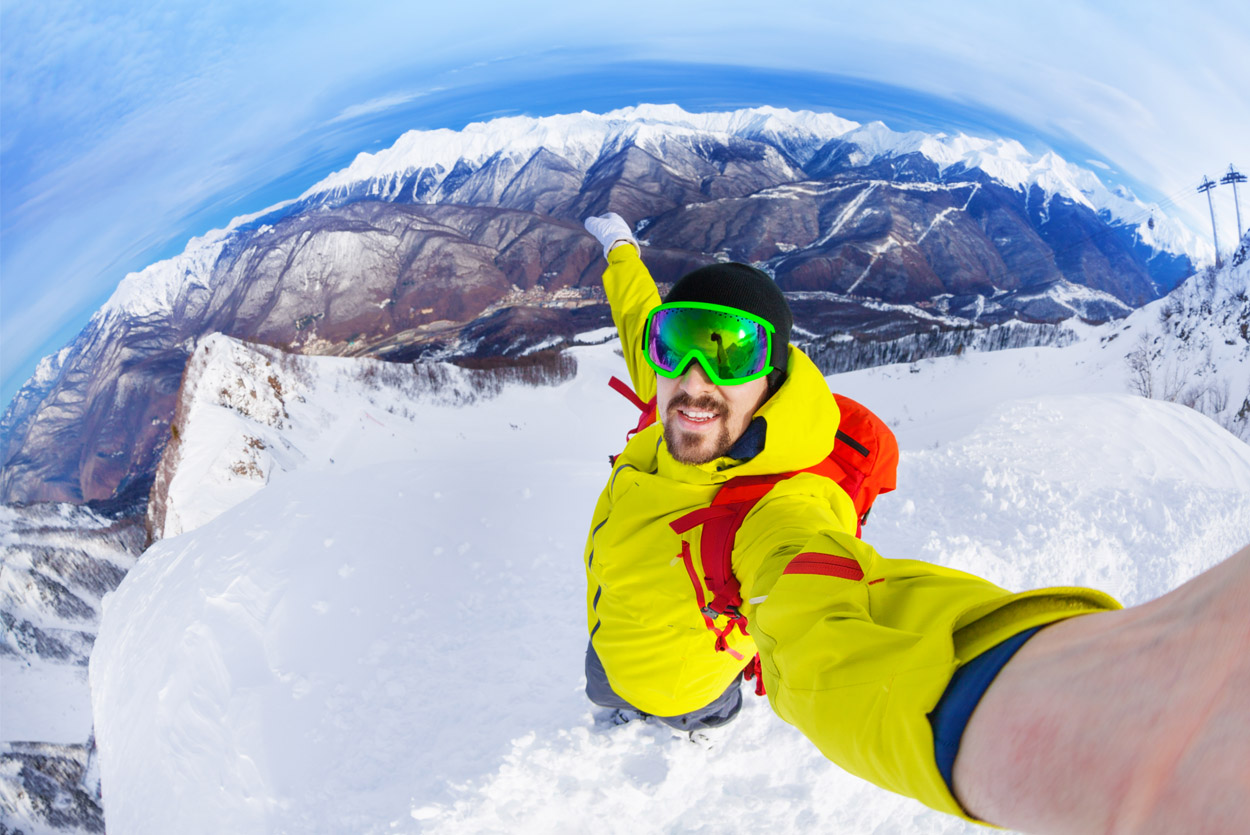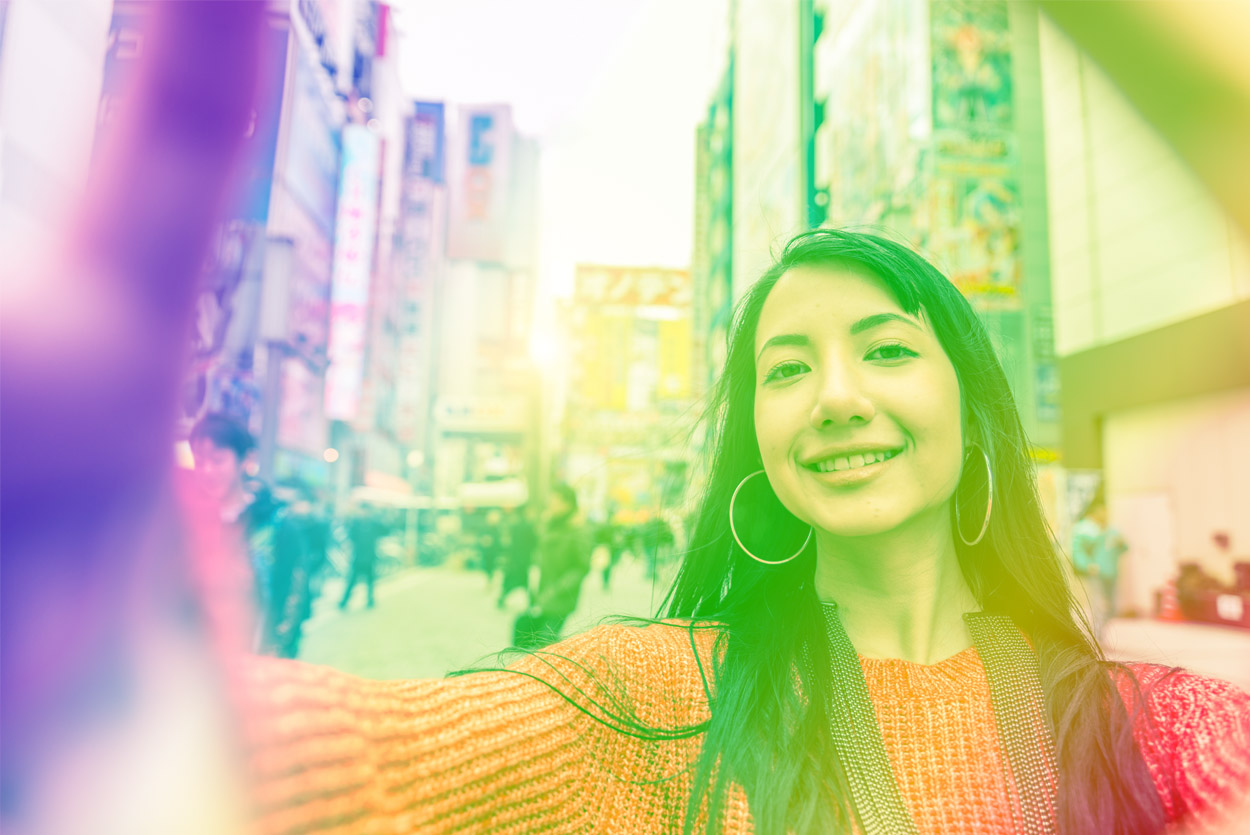Face value: UM researchers find three secrets to selfie success
Picture this: by following three simple rules, your just-for-fun selfies could help you make a name for yourself, and perhaps even serious money, on social networking sites. That is one of the findings of new research by Stefania Farace, a PhD candidate at the School of Business and Economics (SBE) at Maastricht University, who collaborated with her supervisor, SBE's Professor Martin Wetzels, and two UK-based academics, Tom van Laer and Ko de Ruyter.
In a forthcoming paper in the European Journal of Marketing, the researchers detail experiments aimed at determining exactly what people engage with when they look at pictures online. Research participants were shown a range of images and told to rate them on aspects such as perspective, content and artistic quality. They were also asked to indicate how likely they would be to comment on the various pictures if they saw them on social media channels.
Farace’s and Wetzels’ co-author van Laer, a senior lecturer in marketing at Cass Business School at City, University of London, observes: “We were able to isolate what elements people find the most and least engaging in selfies. Subsequently, we could determine the type of pictures people are most likely to comment on. Our research revealed three recurring techniques that encourage user interaction.”
Rule #1: get yourself in the frame

Viewers really prefer you to take your picture, not someone else.
According to Farace, “the reasons that first-person pictures (‘selfies’) are preferred to third-person pictures (’elsies’) are explained by narrative transportation theory. When we deal with selfies, [social media users] identify better with the story directly told by the main character compared to a story told by a third person.” Producers of ’elsies’ serve more as reporters of other represented participants’ experiences than of their own.
Rule #2: get moving

It’s essential to show yourself doing something meaningful: it’s literally more eye-catching. Farace and her co-researchers found that social media viewers are 15.14% more likely to like or comment on photos that are not static.
“What we find is that simple portrait selfies are not as likely to be commented on as selfies where there is an action performed by the selfie-taker,” says Farace. “We ran studies with actions toward (product) consumption but also with actions beyond product consumption (i.e. a hand wave) and found the same effect: having a selfie with someone doing something is better than a static selfie.”
Rule #3: don’t keep it real

Unedited selfies attract less attention on social media than those that have been improved via the use of a filter or other alterations.
Whether you tweak your photo to make it look more glamorous, offbeat or professional, the researchers found that post-snap improvements pay dividends: people are 11.86% more likely to like or comment than if you post a true-to-life, unaltered picture. It may be that in the online era, the researchers suggest, we are simply less keen on images that are faithful representations of reality.
Increasing engagement
According to van Laer, both individuals and organisations who want to increase social media engagement should deploy the full power of image-editing techniques such as emojis, filters and lenses, and tools such as selfie sticks.
“Social media influencers have been doing this for years and now brands need to take note, especially as the world of advertising and social media influencers becomes increasingly blurred,” says van Laer. More than 10,000 selfies featuring a Starbucks product, for example, are posted on Instagram every day.
Pitfalls
But could there be pitfalls for businesses aiming to tailor images for maximum social media consumption? After all, consumers are looking for accurate information about products before they make a purchase, such as via product reviews from other consumers. If brands use technical tools to create images that are not a faithful representation of daily life, or in this case a product or service, could online strategies backfire?
According to Farace, however, “It is important to keep in mind that pictures and text work differently in terms of how people process information. For example, text is processed sequentially (letters form words, words form sentences), whereas pictures are processed simultaneously, all at once.
“In pictures, the content (the character, product, actions performed) and style (be it professional or Snapchat-style) are processed all at once. There may be something related to the difference between product reviews (text) and pictures that could explain why consumers prefer images that do not represent a faithful representation of daily life.” This could be, Farace adds, a subject for further research.
Also read
-
Global Citizenship for Sustainable Development grant winners announced
We are proud to announce that three projects have received funding from the Global Citizenship for Sustainable Development network at Maastricht University.

-
Inaugural lecture Jan Willem van Prooijen
What drives people to embrace radical conspiracy theories, sometimes with far-reaching consequences for society? During his inaugural lecture on Friday 27 June, Prof. Dr. Jan Willem van Prooijen (radicalisation, extremism, and conspiracy thinking) will address this urgent question.

-
Update 25 June
Last night a UM building at the Bouillonstraat was daubed with paint and slogans. A sad expression of vandalism. UM has filed a report.
